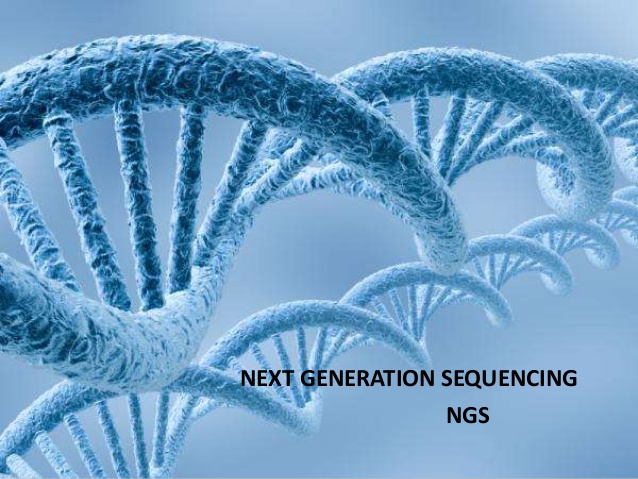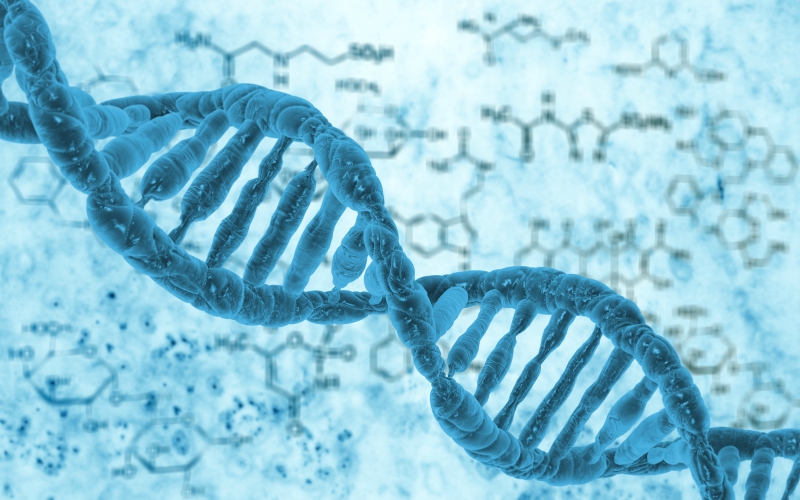What Is Known To Be The NGS Sequencing?
Next-generation or NGS sequencing is considered to be an important technology for the determination of the RNA or DNA sequence. So, this technology of NGS sequencing is mainly used for studying variation that is linked with several biological phenomena or diseases.
This was introduced in the year 2005 for commercial use. Previously, this particular method was known as the massively-parallel sequencing. The sequencing sanger was known so because it contributes to enabling the sequencing of several DNA strands all at the same time.
Nowadays, these technologies are mostly used in the genetic analysis environment. In this aspect, Sanger sequencing is best for analyzing the small number of samples and gene targets.

Not only that, but this is regarded as the gold standard sequencing technology. So, the results of NGS sequencing are mainly verified by using the Sanger sequencing. Also, the NGS enables the interrogation of multiple genes present in various samples all at one time.
It also involves the analysis and discovery of diverse types of genomic features in a single sequencing run.
Therefore, the NGS sequencing contributes to providing the ideal throughput per run and with the help of this particular technology, studies can be conducted cost-effectively and quickly.
Some other benefits that are associated with the NGS are higher accuracy, lower sample input requirements, etc. Along with that, this technique particularly can detect variants at lower allele frequencies when compared to the Sanger sequencing.
As a result, the throughput, speed, and accuracy of NGS have hugely revolutionized genetic analysis. Also, it contributes to enabling new applications in forensic, agricultural, environmental science, reproductive health, and clinical and genomic research.
Important Advantages Of NGS

NGS can be particularly used for proper analysis of RNA and DNA samples. This is a well-known tool in functional genomics. Below are mentioned some of the most important advantages of NGS such as:
- For performing this procedure, any specialized knowledge about the genomic features or genome is not needed.
- This technology contributes to offer single-nucleotide resolution and thereby, making it possible to properly detect related genes. Not only that, but it also helps in the detection of single nucleotide polymorphisms, allelic gene variants, alternatively spliced transcripts, etc.
- It generally shows a higher dynamic range of the signal.
- Not only that, but it effectively shows higher reproducibility.
- It requires less RNA or DNA as inputs. So, in this case, the nanograms of the materials are considered to be sufficient.
Final Words
So, it is evident from the above section, that NGS sequencing has become an important technology in the current days. This is also known as high-throughput sequencing.
When compared to the Sanger sequencing, this particular technology allows for the sequencing of RNA and DNA much more quickly and also at an affordable rate.
In this way, this specific technology has revolutionized the study of molecular biology and genomics. But, as the procedure is highly complex and so, it should be performed by bioinformatics specialists.
















